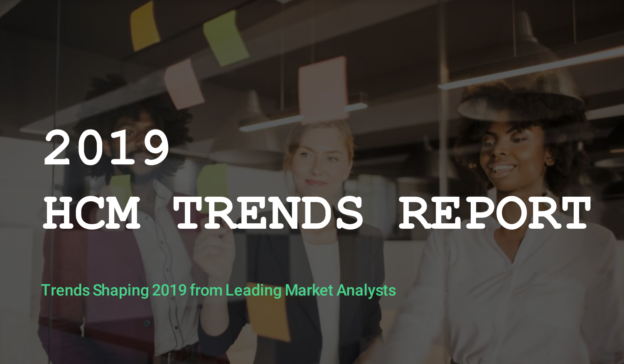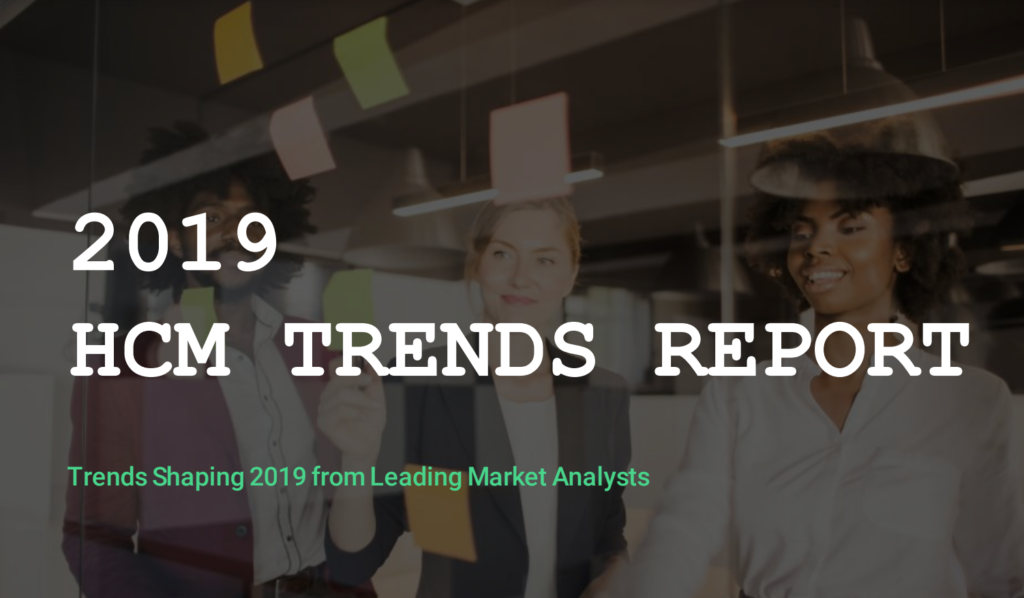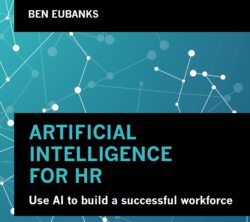 Almost every conversation our team has with business leaders touches on today's pace of change. That pace often prompts employers to make quick decisions, but the problem is those are not always made with the right data on hand.
Almost every conversation our team has with business leaders touches on today's pace of change. That pace often prompts employers to make quick decisions, but the problem is those are not always made with the right data on hand.
For example, you're looking for ways to educate your workforce and provide them with the information they need to excel. But you're using last year's employee feedback survey as the basis. How do you know those insights are even relevant today?
Additionally, we have inherent psychological biases that affect our decisions. These biases can influence us to make flawed decisions based on extraneous factors like when we heard about the issue versus the actual importance of it. To counter these issues appropriately, organizations need to be more intentional about listening for problems and acting on them.
THE POWER OF LISTENING + ACTION
“We have two ears and one mouth so that we can listen twice as much as we speak.”
– Epictetus
The engagement problem in the workplace is one that HR and business leaders know all too well. A significant majority of workers are marginally engaged, if at all, and only a small minority are highly engaged in their work. It's the workplace equivalent of trying to row a boat by yourself with most of the other rowers either sitting idly or actively paddling against you.
Check out the rest of this article to find out the Three C’s to better listening.

 We get all kinds of interesting questions about HR, talent, and the workplace, and today is no exception. Have your own question?
We get all kinds of interesting questions about HR, talent, and the workplace, and today is no exception. Have your own question? 




 For 20 years, I selfishly thought as Veteran’s Day as just another day. Another day to miss school and/or work.
For 20 years, I selfishly thought as Veteran’s Day as just another day. Another day to miss school and/or work.